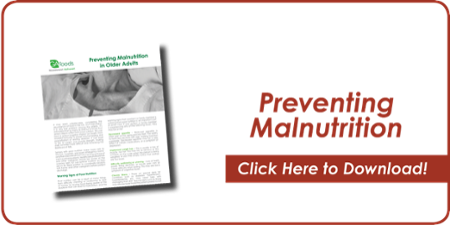
Best known as conditions in the places where people live, learn, work, and play, that affect a wide range of outcomes, Social Determinants of Health (SDOH) are categorized around five key areas; economic stability, education, health and healthcare, neighborhood and built environment, and social and community context. And among these areas, are a number of issues that make up the underlying causes surrounding SDOH. From employment and education status to quality of housing, our health today is greatly influenced by these factors with one of the most prevalent being limited access to healthy food.
While it is widely known that a lifestyle of nutrition and exercise helps to prevent the onset of chronic health conditions, roughly 40 million Americans have little to no access to the options needed to facilitate a healthy lifestyle – and there are a number of troubling factors behind it. One major contributor is income, and a shortage of food as a whole, leaves healthier options off the table. Accessibility is another issue because physical and cognitive disabilities, or even a lack of transportation or a kitchen, can be detrimental. Culture is also significant, as some individuals simply don’t possess the know-how when it comes to identifying or preparing healthy foods. And the market continues to play a role in the types of access to healthier options as the push for fast food chains continues, as well as a shortage of supermarkets in lower income areas.
While food insecurity remains a growing concern, organizations are taking notice and taking action. Right now, insurance providers and hospitals across the country are developing special initiatives and programs designed to offer better options to those who are chronically ill or facing various other barriers. And some insurance providers are even offering coverage for nutritional counseling as part of their commitment to individual and population health.
So how can you take part? Let’s take a look.
Identify
It can sometimes be difficult to recognize those in need, which is why proper screening measures are critical. A short list of questions can go a long way, but some providers are taking it a step further with more advanced online screening systems and toolkits complete with resources and easy-to-follow action plans for patients.
Collaborate
No matter your interest or current initiatives, collaboration with other community-based support programs is key. From food banks and meal sharing to ‘food as medicine’ programs, advocacy groups and alliances are making it easier than ever for you to partner through a specialized health plan. And with more and more meal delivery service options out there, providing more convenient access to the healthier food they need is easier, too.
Follow Up
Whether you’re creating a brand new program or joining forces with an existing one, it’s important to track and measure your efforts so that you can best determine how you’re helping. This may mean working more closely with healthcare administration and hospitals to conduct surveys and even monitor health statuses with more in-depth measures.
Food insecurity might be growing, but so is our understanding that we all have the same goal and that our initiatives will work best when we work together to reach it. For more information on how GA Foods' Sunmeadow® frozen or shelf-stable meals may help you with your benefits or plans, please contact us today.











